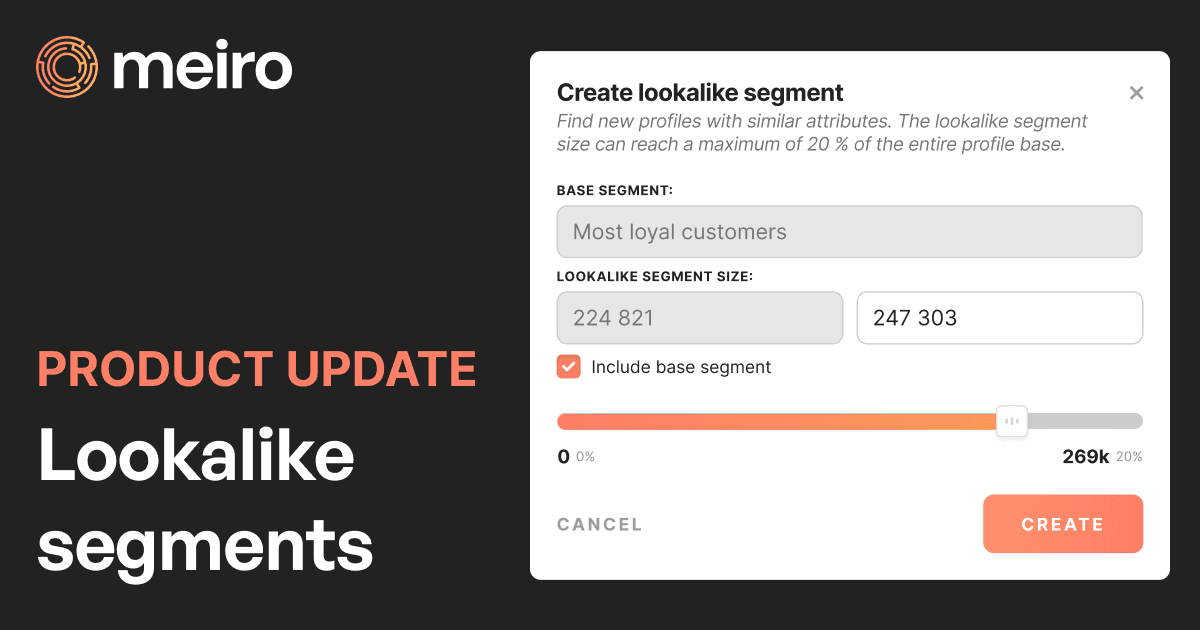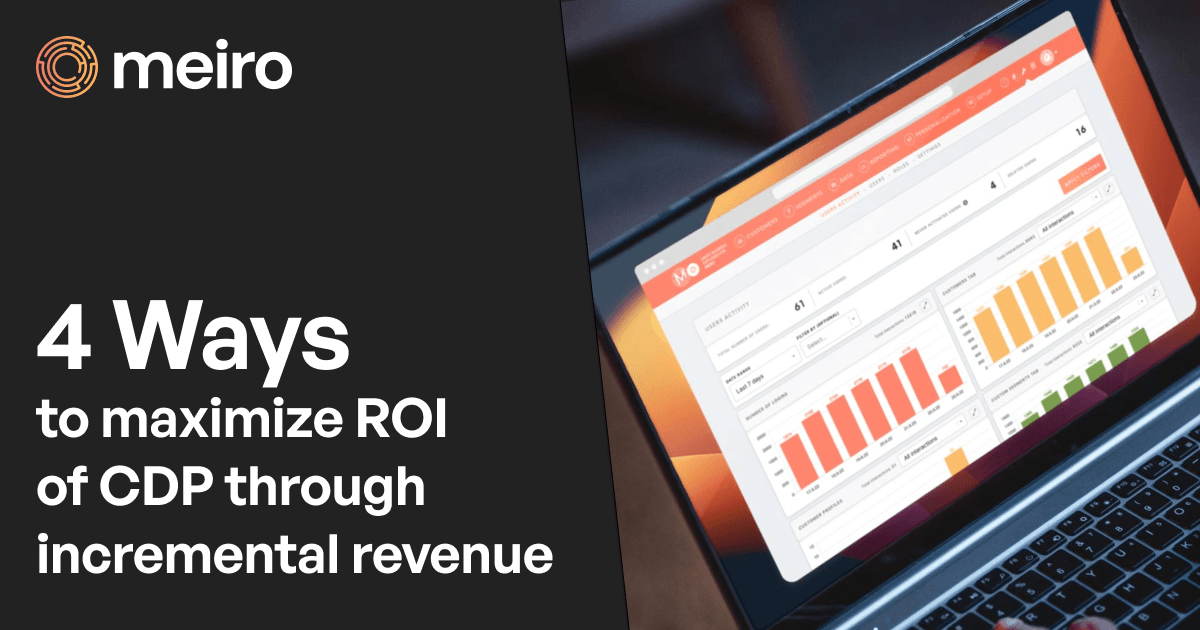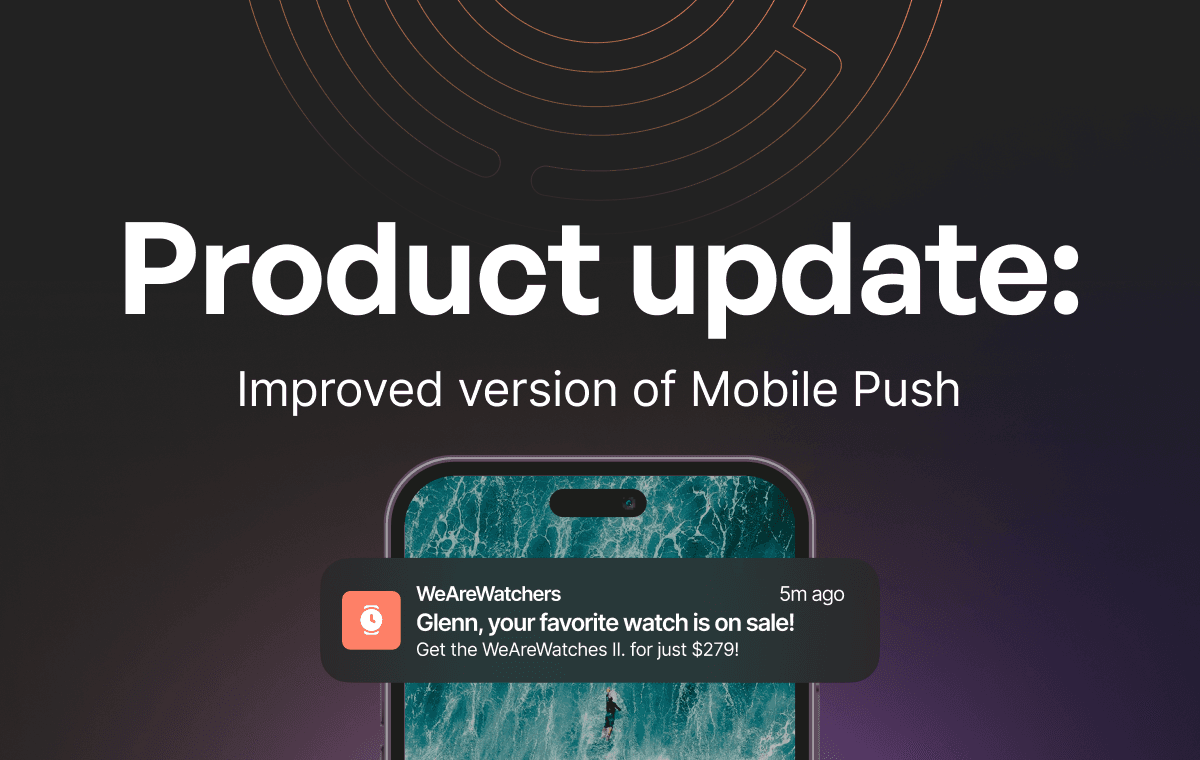Demystifying Adtech & Martech – Webinar with She Loves Data & Meiro
She Loves Data – the volunteer-run, non-profit organization run by Meiro founders, led a webinar to demystify adtech & martech buzzword terms for women in marketing & related occupations and open new vistas of opportunities to them.

CPO | Co-Founder
To say that Adtech & Martech are essential to marketers today would be an understatement, but with all the jargon & buzzwords, it may seem impermeable & inaccessible to most. This is why She Loves Data – the volunteer-run, non-profit organization run by Meiro founders, led a webinar to demystify these terms for women in marketing & related occupations and open new vistas of opportunities to them.
But first, an introduction – who is She Loves Data? As a non-profit, volunteer-run organization founded in Singapore, She Loves Data looks to inspire more women to pursue careers in Data & Tech by driving the importance of diversity, data & digital literacy through free workshops, meet-ups, and webinars for women. Since 2016, She Loves Data has gone on to establish 17 chapters in 16 countries across the world with more than 25k online followers and 15k members. Suffice to say, She Loves Data is on its way to turning its mission into a revolution for women worldwide.

Onto the Event
Led by Quinn Pham, Director of Consulting & Client Solutions at Meiro, the event began with a look at how the landscape of marketing was changing rapidly and leading quickly to the inevitable ‘crisis’ of the cookie apocalypse – the death of cookies. Quinn is happy to share the whole presentation with you but most valuable would be seeing her in action as she explains more details about 1st and 3rd party cookies and their sad marketing future.
From Questions to Knowledge
Quinn then opened up the digital floor for questions from the audience while also welcoming the second panelist, Ivy Lam – strategy & analytics lead at F&N Beverages, to add insights from an established yet martech forward industry player.
Q1. What solutions to adapt to the post-cookie world would seem realistic and advantageous from an industry standpoint?
Ivy answered that while F&N was largely B2B2C (Business to Business to Consumer), they had made a timely decision of venturing into their own e-commerce website dealing directly with consumers. This is where first-party data played an important part in understanding customers and their journey across touchpoints from end-to-end. She mentioned that in meeting their goals, they had experienced difficulties with data in silos, and fragmentation of data, as well as issues with UI/UX. After working with Meiro, they were able to utilize their first-party data and obtain a Single Customer View that helped with a more cohesive flow & accurate targeting.
Q2. As the strategy & analytics lead, what would the 3 top priorities be for Ivy to be able to build a Single Customer View and a more meaningful engagement with consumers?
Ivy stated that the first initiative or project would be to align the goals and challenges of the organization to make for clearer objectives and outcomes. The second would be to ensure that the company had the appropriate resources in tech and the skill sets to match – with digital, data-driven mindsets & cultures. And the third would be fixing the fundamentals first which would be garnering a deeper understanding of the customer journey – to get the basics of data strategy correct, as a stepping stone to the more advanced martech.
Q3. How does First-Party Data on websites work, what information does it collect?
First-party tracking on your website means that on your own website, you are collecting data about your web visitors using a private server that you own. From the browsers’ perspective, this tracking is seen as a native part of your application and therefore not subject to limitations to 3rd party data.
Q4. What is the future of DSP?
Well, it depends on how they are set up. Most DSPs are essentially a 3rd party data pool, in which case organizations who solely rely on DSP will see a significant decline in targeting effectiveness.
Q5. How does cookie expiration work?
This is in relation to browsers’ policies around when 3rd Party Data cookies are reset; typically 24 hours to 7 days. This means returning visitors who are not signed in will be seen as a new cookie ID and if you are using a web analytics tool like Google Analytics, you will see an artificial increase in “unique visitors”. A cool site to check the latest status of how different browsers deal with cookies is www.cookiestatus.com
Q6. How does Fingerprinting as a unique identifier work?
Fingerprinting is a probabilistic method for identifying a unique person – with a strong emphasis on probabilistic. Of course, the more parameters are used to build a fingerprint, the higher probability of identifying a unique individual. Here’s a cool resource to see how unique you are based on the combination of your browser configurations: www.amiunique.org
Q7. How will the cookie-less future affect spending and budget allocation?
Most brands who can afford it will spend a bit more with Walled gardens solutions for targeting – here’s a case study. Spending on pure-play DSP will reduce and probably move towards building first-party data solutions or identity resolution solutions. The industry is still evolving and coming up with different solutions.
Want to learn more about cookies?
Here's our strategic plan on how to beat the 3rd party cookie ban, or you can watch the recording from the whole webinar:
Ready to take your personalization game to the next level?
Unleash the full potential of your customer data. Let’s talk!
Spread the love:

Pavel stands behind all the smooth operations and business growth. You would run into him in the queue at airports rather than in one place. Besides that, he enjoys chess, boxing, and history.


